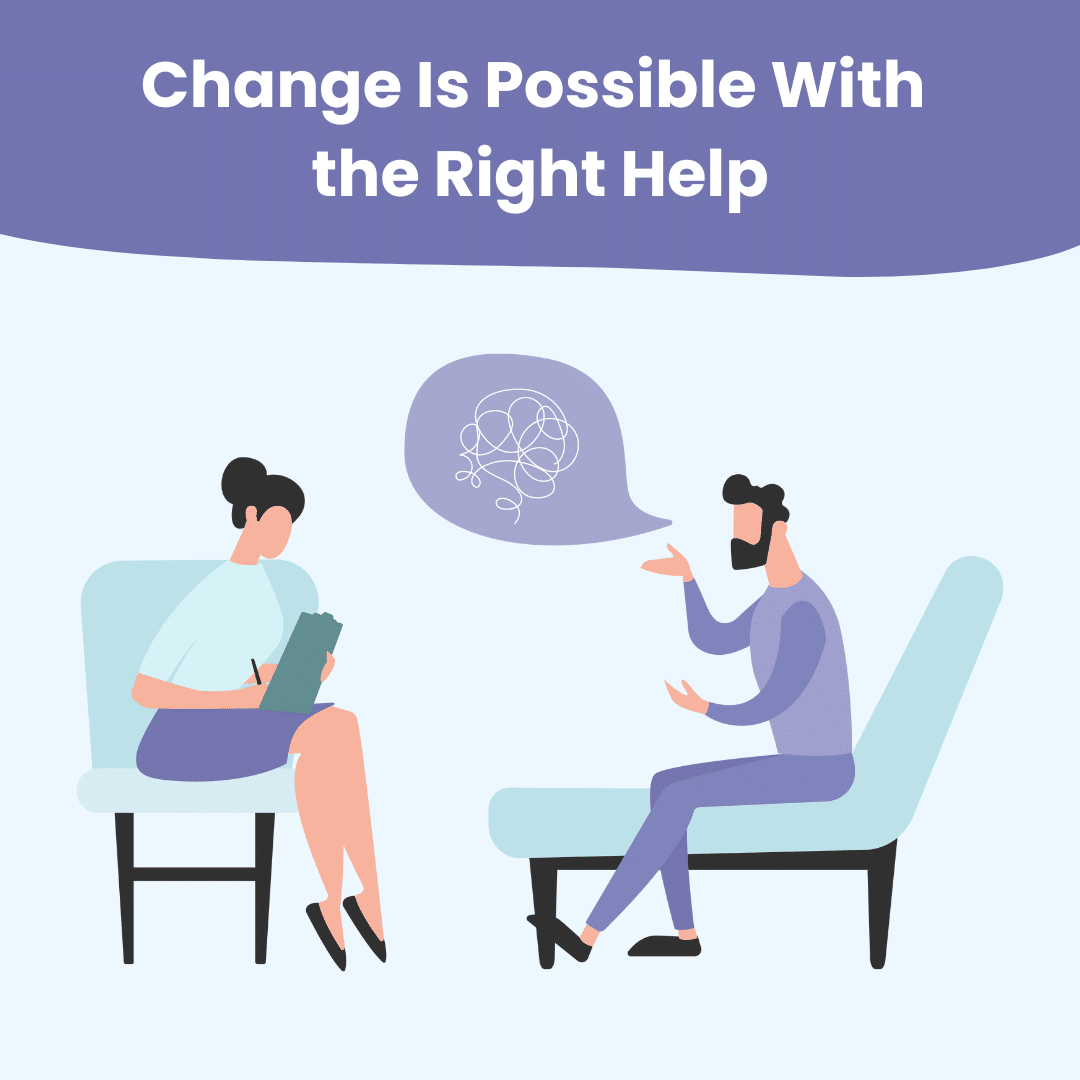
- Updated on 18 July 2024
Introduction
During these uncertain times, many organisations find it challenging to respond adequately to wellbeing concerns of their staff. Some common concerns raised are anxiety, depression, health issues (including those of loved ones), exacerbation of pre-existing mental health issues, burnout, difficult relationship issues, and exhaustion from constant change. There is also an overlay of other external factors that may add to such struggles. These include immigration issues, job losses, reports of racist incidents and social isolation.
Companies can consider changes to workload and job scopes, policies and employee benefits to enhance employee wellbeing. When employers acknowledge mental health issues, discuss them frankly and display empathy, they show employees that the organisation cares for them.
These actions encourage employees to vocalise their struggles and allow the organisation to offer them support before their problems aggravate. For instance, implementing an Employee Assistance Programme (EAP) is one such way to extend help to employees in need.
Discussed at greater length below are some suggestions on how to improve employee wellbeing and foster a healthier work environment.
Embrace Vulnerability
To effectively respond to employees’ wellbeing concerns, creating a workplace culture that embraces openness and vulnerability is of utmost priority.
It is often difficult for us to admit our vulnerabilities, much less do so at the workplace. Talking about our weaknesses involves being honest about things that are sensitive and personal – our capabilities, limits and feelings.
Employers are equipped with the power to bring about cultural changes at the company. People in leadership positions should actively share their stories and show their human side by being open about their emotions. This allows employees to understand that they are not the only ones feeling the pressure and caught in the tide. There are many struggling just like them and others who care for them and wish to provide support.
In 2011, Johnson & Johnson carried out their series of TEDxJNJ events and had company leaders share their experiences with mental health challenges. Many employees felt connected and subsequently made use of the channel to tell their stories. The Mental Health Diplomats Employee Resource Group was also formed as a result.
It is thus visible that attention to mental health encourages more conversations around it such that it is no longer a taboo topic. These exchanges of vulnerability in turn push employers to take more concrete actions to care for employees’ wellbeing.
Normalise Taking Breaks
Have employees understand that the company does not see them as machines that operate with the same efficiency all the time. Not to mention that even machines break down and require maintenance from time to time. A huge part of optimising employee wellbeing is ensuring that employees get enough rest. Normalising short, uninterrupted breaks at work provides employees with an opportunity for a mental break and reset.
One way to do so is to encourage self-care habits at the workplace, be it a simple 10-minute coffee break or a walk outside in the sun during a mid-day slump. Encouraging such behaviour sends a clear signal to employees that their wellbeing is a priority for their employer.
At first glance, taking breaks during work hours may seem unprofessional and counterintuitive. Yet, is it in fact one of the best ways to improve productivity. Employees tend to feel rejuvenated and motivated to continue their tasks after getting away from their desks for a while. Taking timely breaks also prevents them from feeling overwhelmed and reduces instances of a stress breakdown at work.
Enforcing breaks indicate flexibility and show employees that the organisation not only appreciates the work that they put in but also trusts them to manage their own time. What more, the boost to their productivity and creativity after taking a breather ultimately benefits the organisation.

Accept “ No” for an Answer
In a competitive and fast-paced corporate environment, constant productivity has become the norm. Such expectations take a toll on both the mental and physical wellbeing of employees in the long run.
Hence, when employees question work-related requests (eg a deadline, extra workload, urgent report, new work arrangements), employers can attempt to hear them out and consequently accept “no” for an answer. The latter is especially crucial. Dismissing an employee’s objection invalidates their feelings and discourages them from voicing out their opinions in the future.
Communication is key here. While it is on employees to express their concerns, employers should practice sensitivity and listen intently when they speak up. Some employees may still choose to stay quiet even when they are struggling. It is therefore helpful for employers to periodically approach employees and ask how they are coping with their workload.
Make Help Available
While employers have the ability to improve workplace culture, enforce short breaks and accommodate alternative work arrangements, they may not possess the appropriate skill sets needed to extend further help (eg counselling or therapeutic support) to employees.
At every workplace, having a handbook that collates all the mental health resources available to employees is always a good idea. An example is the Employee Assistance Programme (EAP), where an organisation provides subsidised counselling sessions to its employees as part of their employee benefits. External Employee Assistance Programme providers offer EAP services that are comprehensive and able to address a wide variety of issues. Hence, it is vital to ensure that employees understand what the benefits of an EAP are and how to access them. After all, the EAP is only efficiently utilised when employees actively participate in the programme.
Despite the availability of resources, the stigma surrounding mental health and the unfamiliarity with counselling still deter employees from seeking help. Hence, taking the initiative to have regular check-ins with employees and encouraging them to try out Employee Assistance Programme Counselling, and reassuring them that it is all private and confidential, can possibly give them the courage to seek help. Through such actions, employees will come to recognise that help is within reach and that they can always approach the respective EAP providers whenever they are ready.
Don’t Forget About Physical Wellbeing
Of course, don’t neglect physical health. Ensuring that employees practice healthy habits and stay active is as important as supplementing mental health support. It can be challenging for employees to maintain healthy eating habits at work. They often skip meals, snack on unhealthy food, or eat at irregular hours when they are busy with work. With remote working in place, one’s physical health is more easily overlooked as sedentary behaviour increases and movement decreases without the need to travel to work or move about in the office. The blurred boundaries between work and home life too result in a lack of clear space for one to unwind.
Offering employees a variety of online fitness classes during this period likely increases their physical activity levels. Moreover, it is relatively easy for employees to fit a short workout into their schedule since they are able to exercise within the comfort of their homes.
Employers can also attempt to make allowances for flexible work hours instead of the typical nine-to-six. This ensures that employees whose sleeping cycles are disrupted because of mandatory work-from-home measures are still able to get enough sleep and wake up refreshed the following day.
These suggestions are very much in line with the workforce measures enforced during the outbreak of the COVID-19 pandemic, further attesting that work arrangements that have once been seen as resolute and permanent can very well be adapted and changed.
Takeaway
In short, employees are an organisation’s greatest assets and dedicating resources to improve employee wellbeing is paramount for sustainable growth. In the long term, employers should strive beyond simply responding to employees in a timely manner. The ultimate goal is to develop a workplace culture that emphasises authenticity and openness, where help is available to employees in need and they are able to receive such help with understanding and support from those around them.

Related Articles
Latest Articles
Recent Posts
- Top 5 Benefits of Choosing Online Therapy for Mental Wellbeing
- In Conversation with a Therapist: Managing Conflict in Romantic Relationships
- Do You Really Need Marriage Counselling? 5 Signs You Might
- Navigating New Relationships with Couples Therapy
- How Online Counselling Works (and What First-Time Users Should Know)



